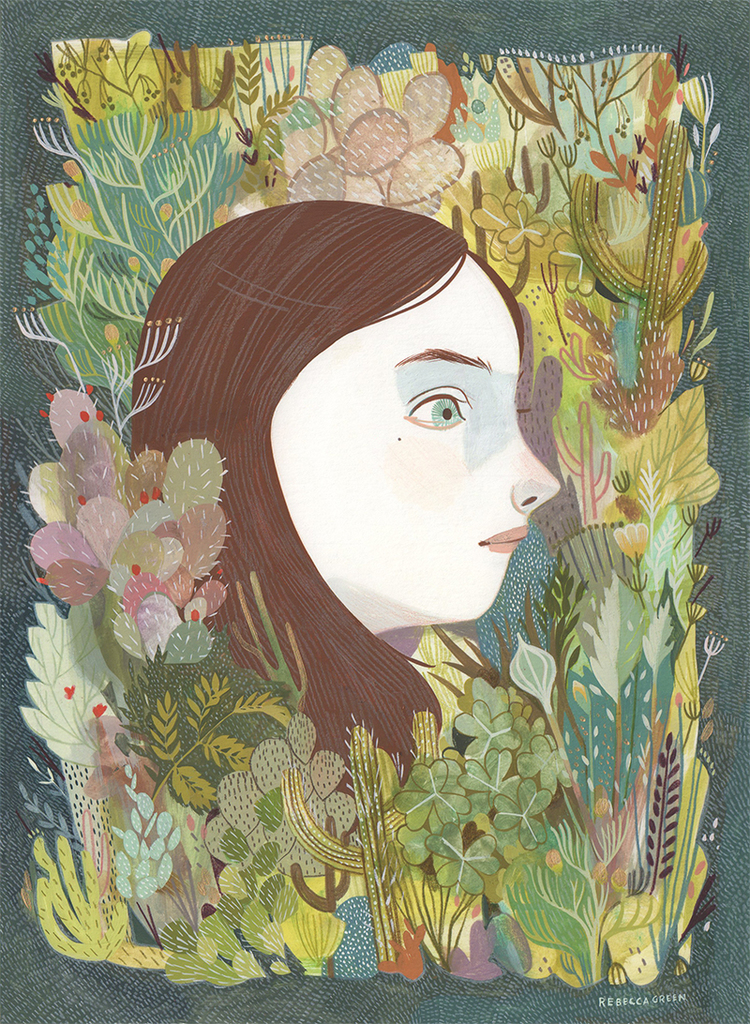Hand in date for Comp 1.2 sketchbooks and Google Presentations
3.15pm Monday 14th of November.
Look on the Comp 1.2 list for your chosen area. You should be up to mid November
Below is the list for children's books, just as a quick guide.
- Find story
- Photographs of Subject matter (Character and Setting)
- Primary drawings of subject matter (Character and Setting)
- Secondary drawings of subject matter
- Character design and development
- Setting design and development
- Storyboard 3 other books
- Storyboard your book
- Rough page development


















